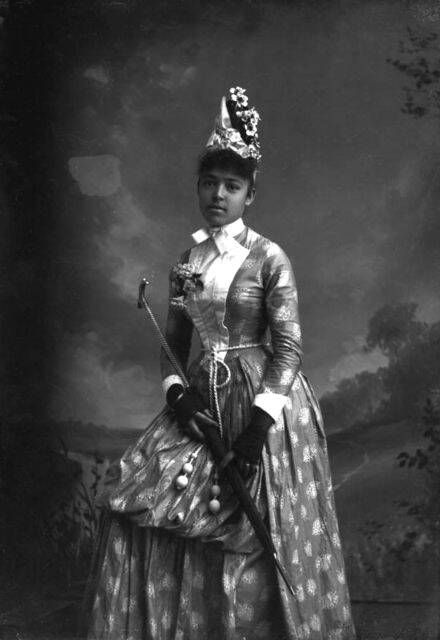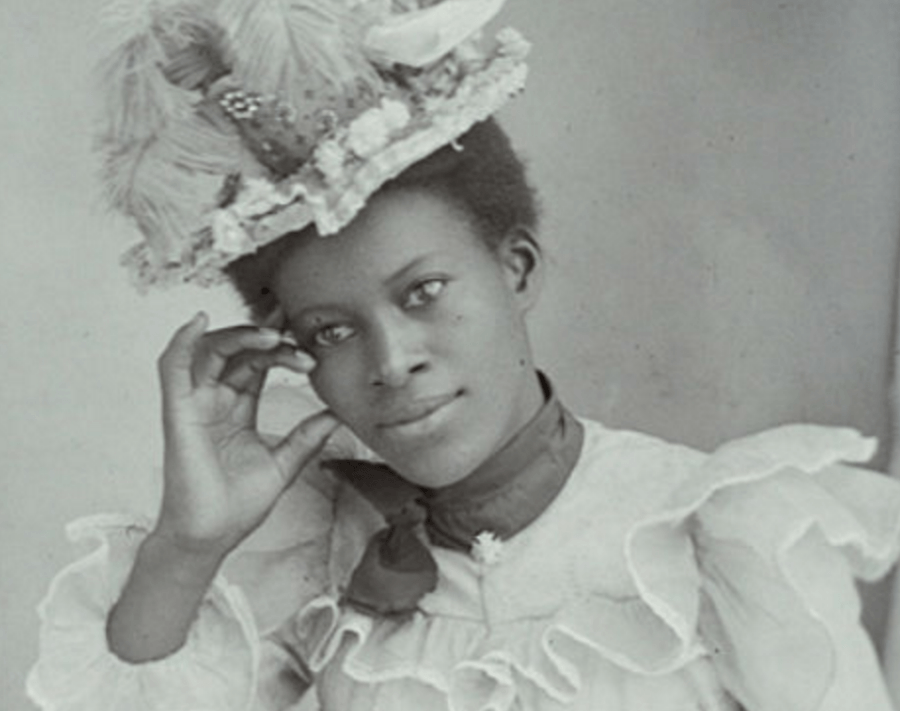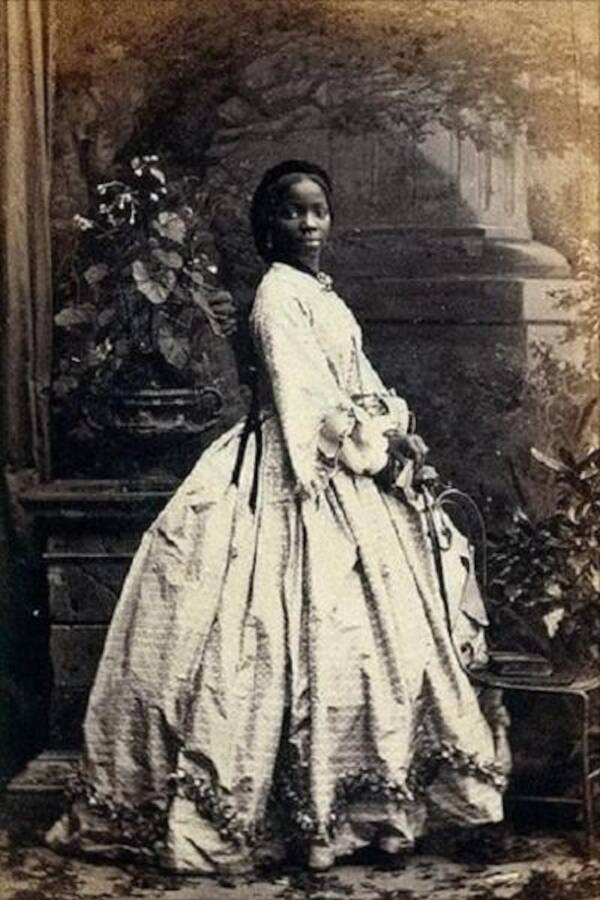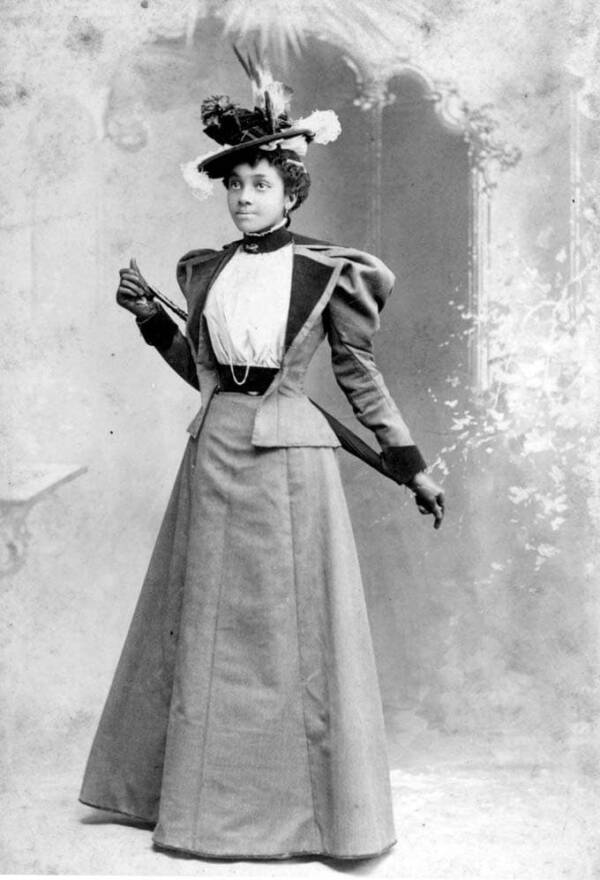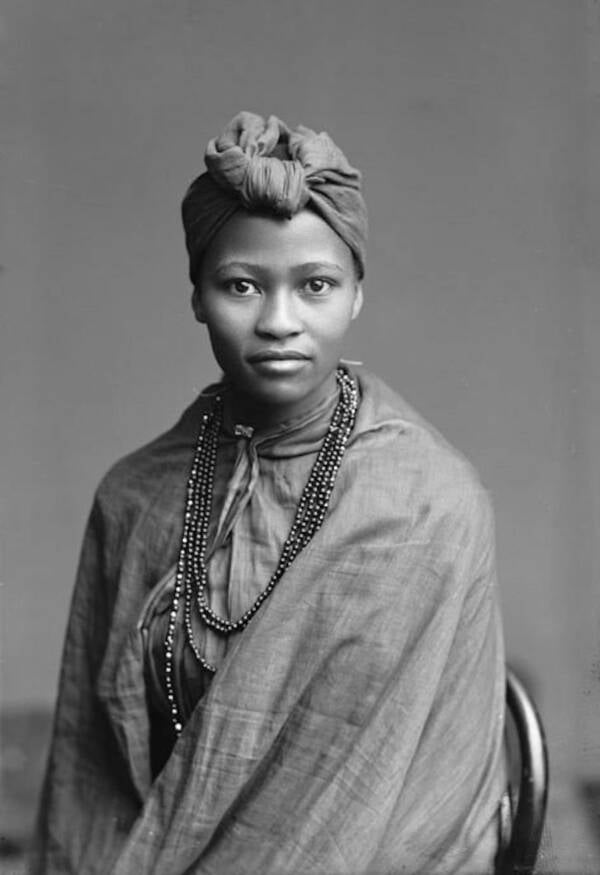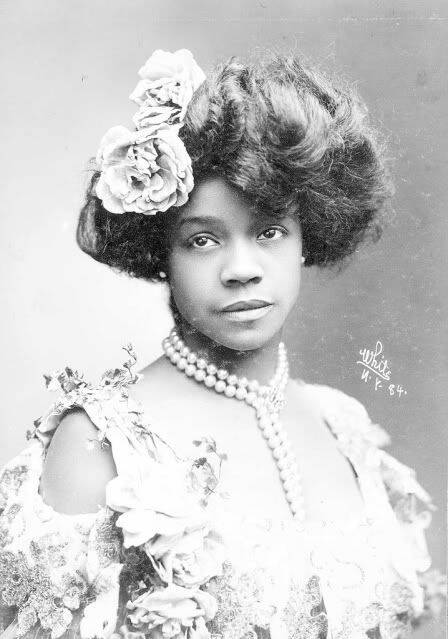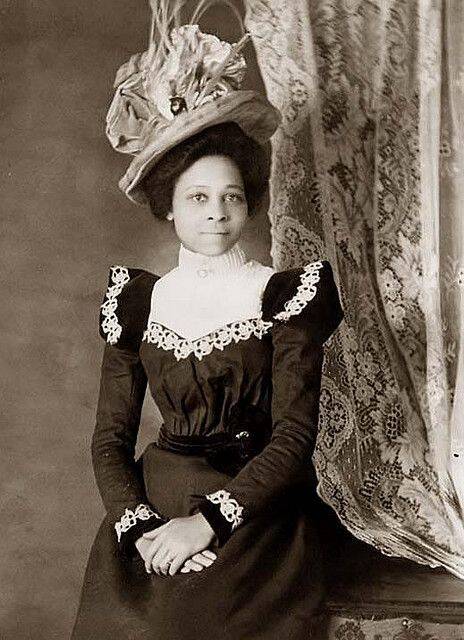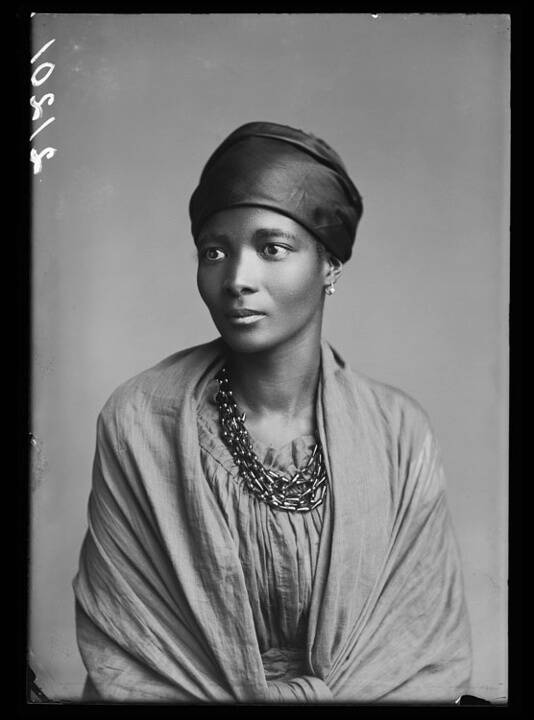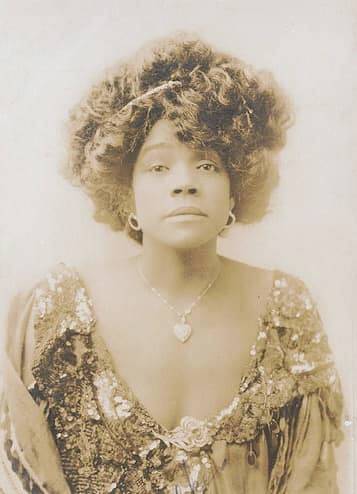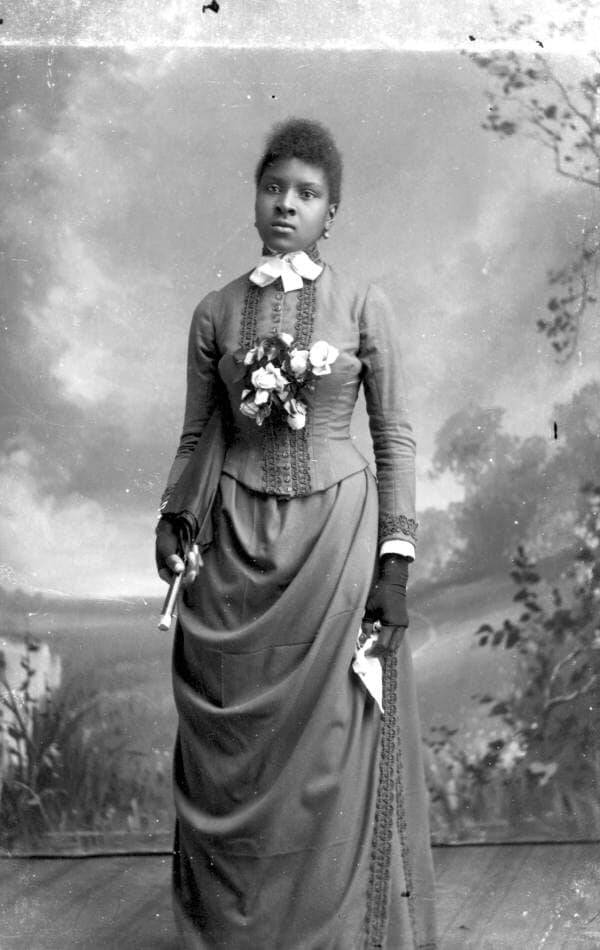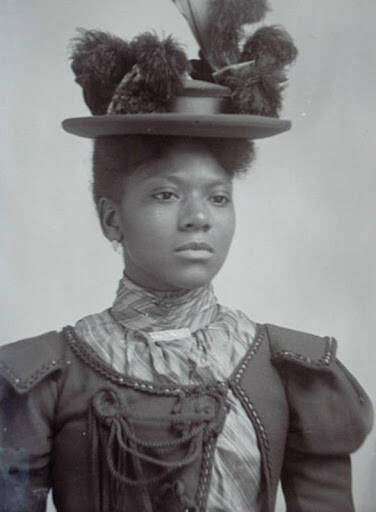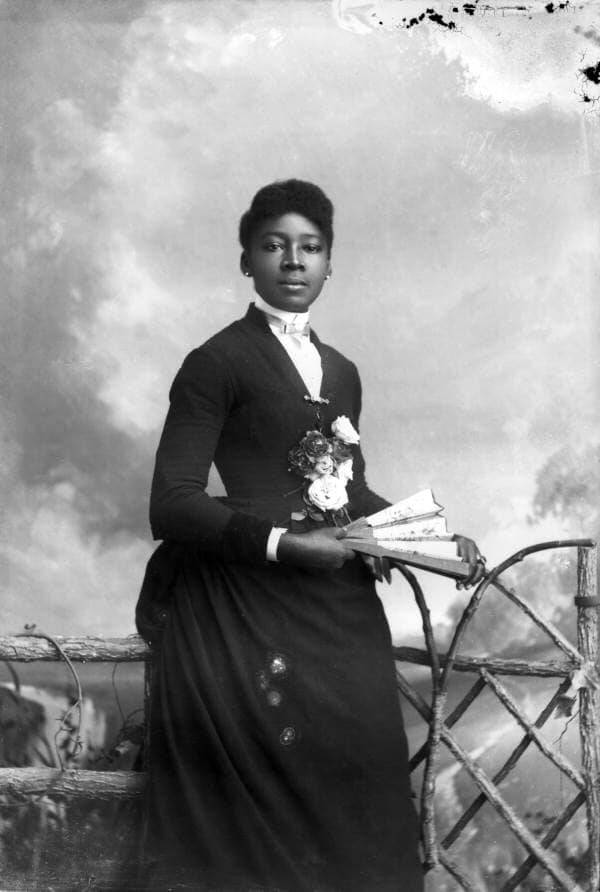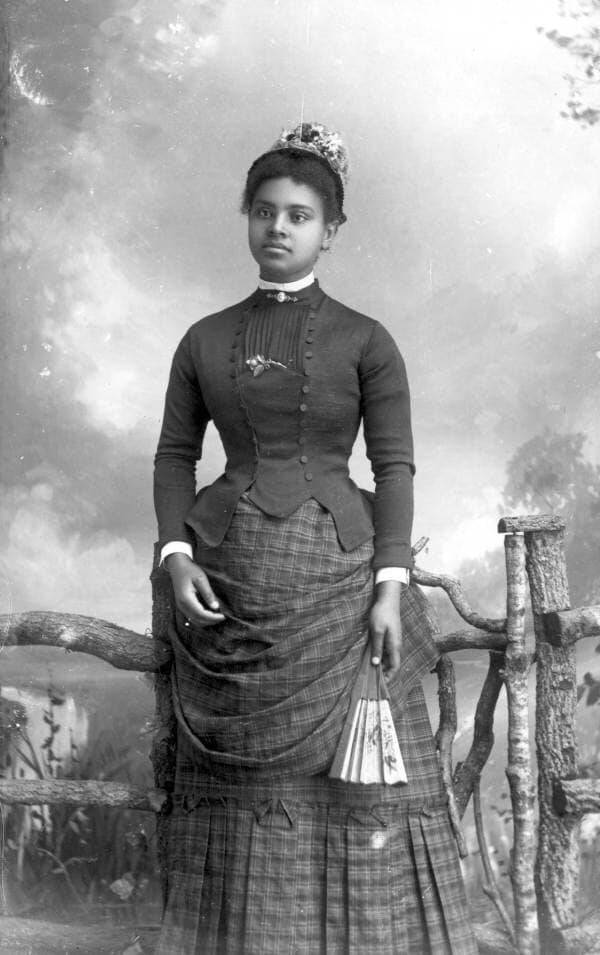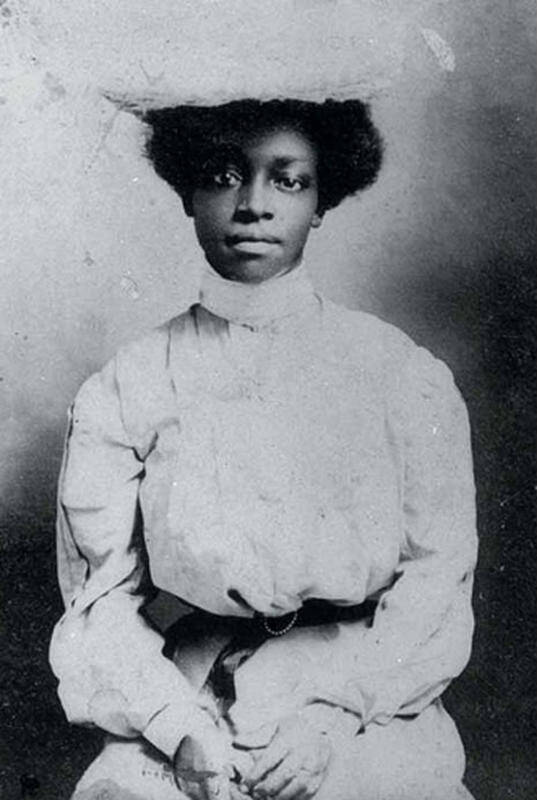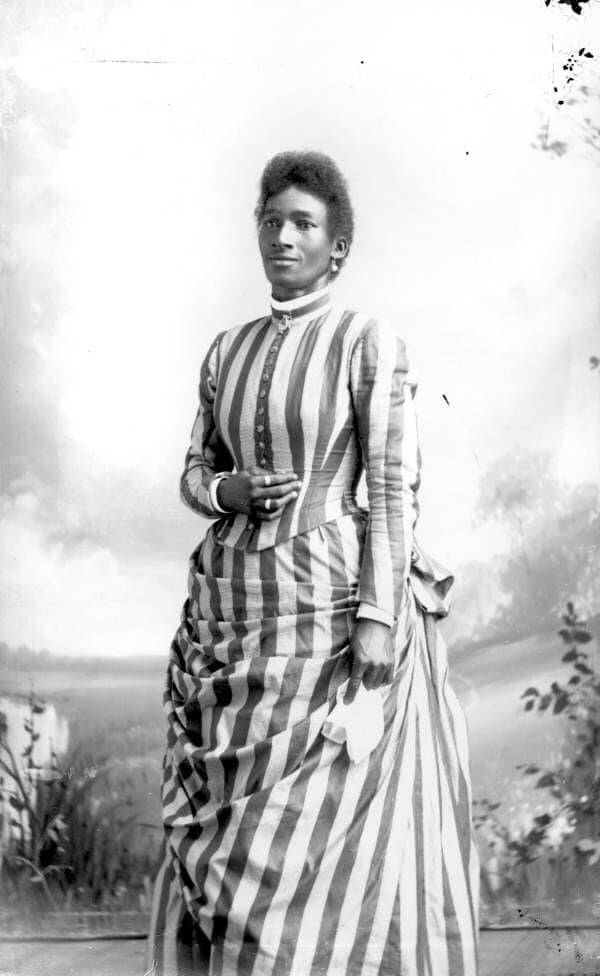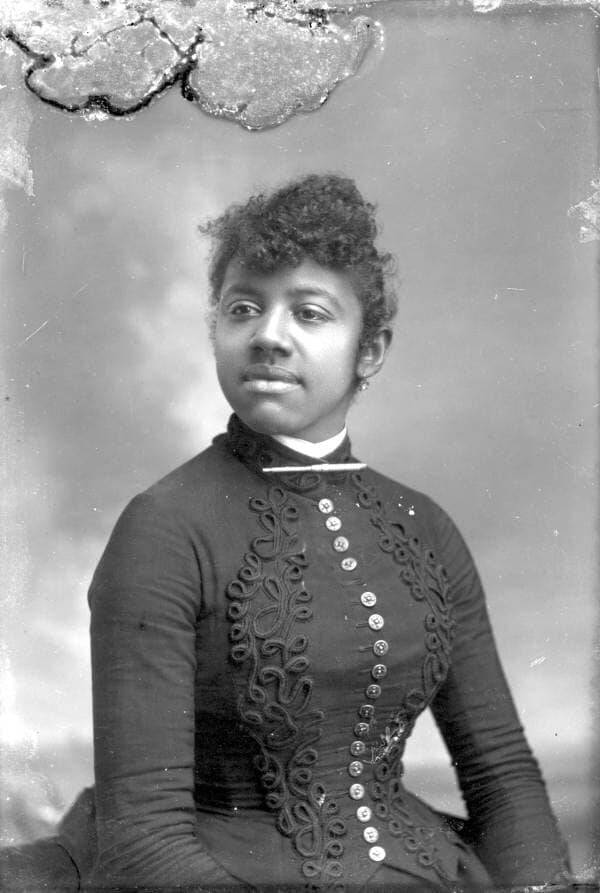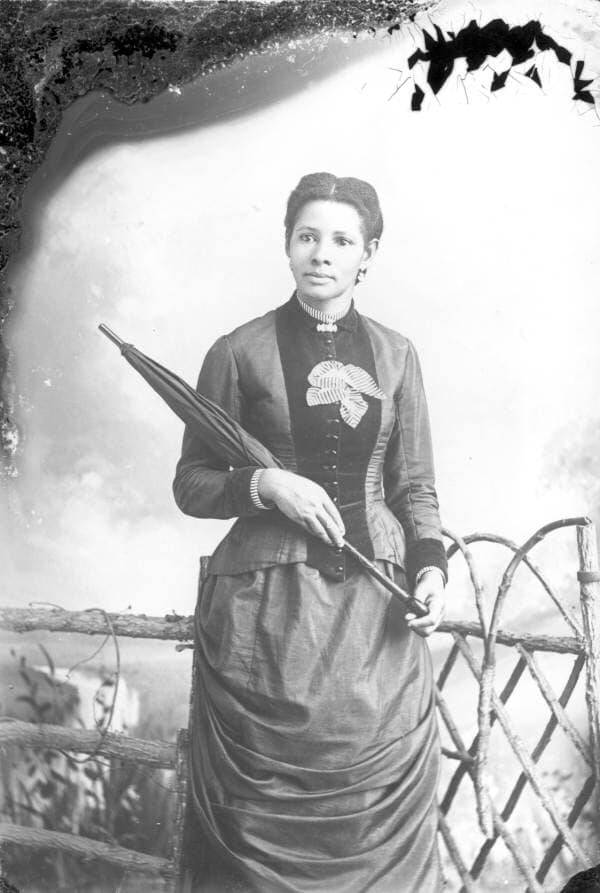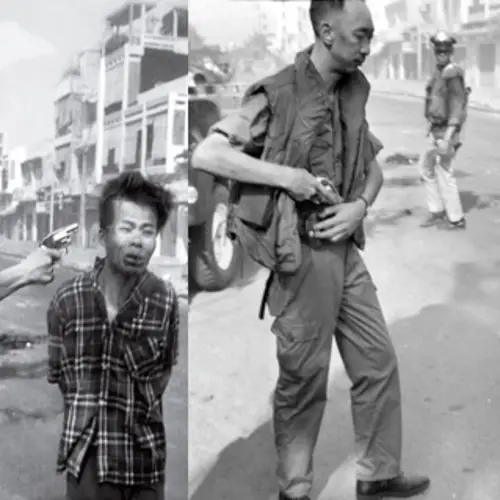From educators and artists to debutantes and philanthropists, these "Black Victorias" made a name for themselves in both England and the United States.
During the Victorian era in England and the United States, aristocratic white women often had a very specific role to play: that of a wife and a mother. But for the small group of Black women who joined the middle or upper class, their role was far more complicated.
In middle-class African American communities, many women were expected to follow the fashion ideals of white society while still maintaining the cultural traditions of Black society. Meanwhile, in England, a few Black women were permitted to enjoy the upper echelons of society — with one even becoming the goddaughter of Queen Victoria herself.
But while these lifestyles seemed quite honorable at the time, they often came with strings attached. And sadly, only a few details are known today about many of these women and their remarkable lives.
Today, we're left with a small number of portraits of Black Victorian women — who appeared to be living just as luxurious lives as their white counterparts. And these "Black Victorias" made a name for themselves in a variety of ways in both England and the United States. Discover some beautiful, rarely-seen photos of Black Victorian women in the gallery above.
The Hidden History Of Black Victorian Women
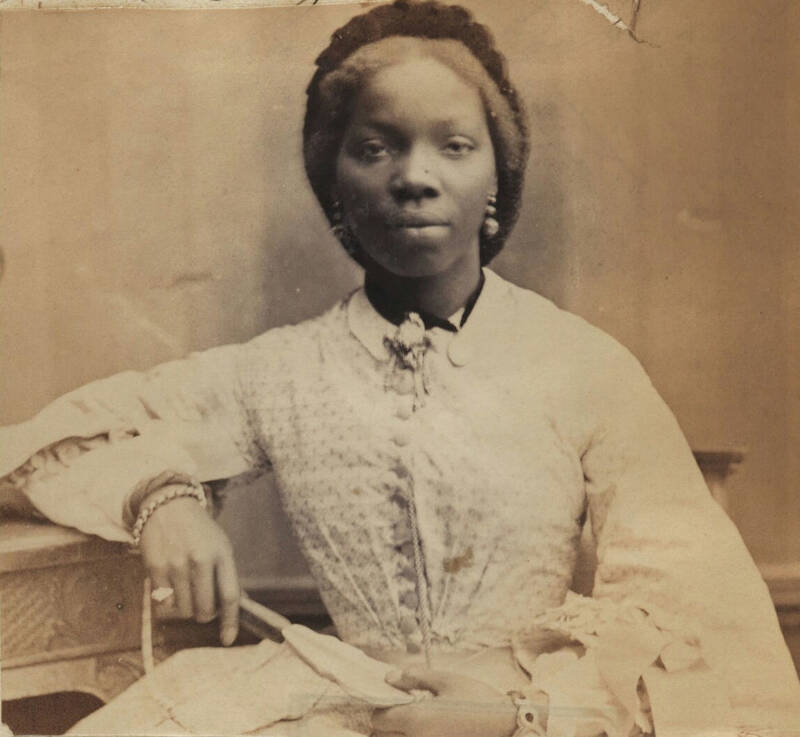
Camille Silvy/Wikimedia CommonsSarah Forbes Bonetta, the African princess who became Queen Victoria's goddaughter, pictured in 1862.
Starting in 1880, a fascinating trend emerged in some African American communities: the concept of the "Black Victoria." This trend appeared to be especially popular in Illinois, where a diverse group of Black locals from the North and migrants from the South came together during the post-emancipation period shortly after the American Civil War.
In the so-called "high society," the Black Victoria was a new standard of beauty for Black women that had never been seen before in America. For the small, but prominent, Black population in Illinois at the time, Black Victoria subscribed to the "cult of true womanhood" by combining the fashion ideals from white society with the traditions from Black society.
Writing for The Journal of Negro History, Shirley J. Carlton painted an almost fantastical picture of Black Victoria and her place in society:
"Black Victoria, like her white counterpart, was committed to the domestic sphere, where she was a wife and mother. She ran an attractive and well-managed home, and attended to sundry household chores, possibly with the aid of a servant. She was a supportive and dutiful companion to her husband and a loving and nurturing mother to her children."
Meanwhile, in England, an African princess named Sarah Forbes Bonetta had already gained the enviable title of Queen Victoria's goddaughter.
And yet, her prestige was complicated by the fact that she was given as a "gift" to the British royal family by a rival African king who had kidnapped her — not to mention the fact that her story was used as proof of the "perceived accomplishments of Britain's civilizing mission" in Africa.
The Rise And Fall Of Black Victoria
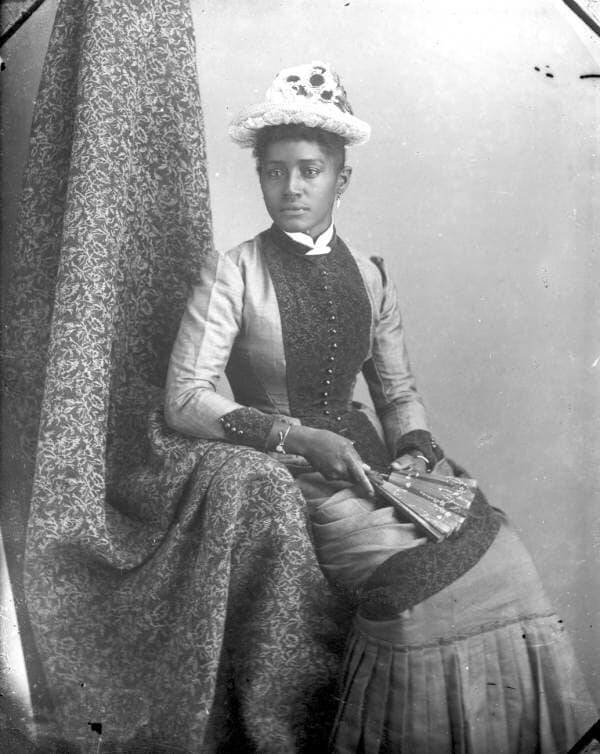
Alvan S. Harper Collection/State Archives of FloridaA Black Victorian woman, photographed in Tallahassee, Florida. Circa 1890.
Of course, there was far more to Black Victoria than her hard work in the domestic sphere. After all, Black women in the Victorian era weren't just housewives and mothers. From educators and artists to debutantes and philanthropists, many of these women were determined to carve out their own paths that were completely separate from the home.
Often intelligent and well-educated, Black Victorian women were proud of the work they did both outside the home and within the Black community. And because they worked extensively in the Black community, they were well aware of the many cultural and racial issues that their neighbors faced. As a result, those who were fortunate enough to help vulnerable community members often did so without a second thought.
At a time when Black people were depicted as animals at worst and caricatures at best, the Black Victorias were expected to be a "Negro representative who deserves our respect" — particularly in middle-class communities. And the standards placed upon them were rigorous.
While middle-class and upper-class Black Victorian women had a better chance of making a name for themselves than they had in years past, they were also held back by many of the societal norms of their time.
For example, a Black female teacher was the subject of scandal just because she went to the home of two local bachelors and cooked for them. This was deemed improper by Victorian standards, and the local paper quickly admonished her for the error of her ways. She was also warned against going back to their home, lest "the police find out what your business is."
And although Black Victorian women were often venerated by their neighbors, the Black Victoria concept didn't last for long. After all, the Victorian era itself technically ended with Queen Victoria's death in 1901.
Besides, it was becoming clear to many Black women that society needed a major overhaul — especially when it came to race. While legal slavery was abolished in Britain in 1833 and in the United States in 1865, legal racial discrimination remained an issue in both countries for several decades, as Jim Crow laws formed in America and "colour bars" emerged in England.
These laws — and many other factors — arguably paved the way for the demise of the Black Victoria, but also ushered in a historic era of civil rights activism that continues to this day.
After flipping through these photos of Black Victorian women, take a look at 27 bizarre facts about the Victorian era that you didn't learn in school. Then, check out 43 colorized photos that capture Victorian London as it really was.
